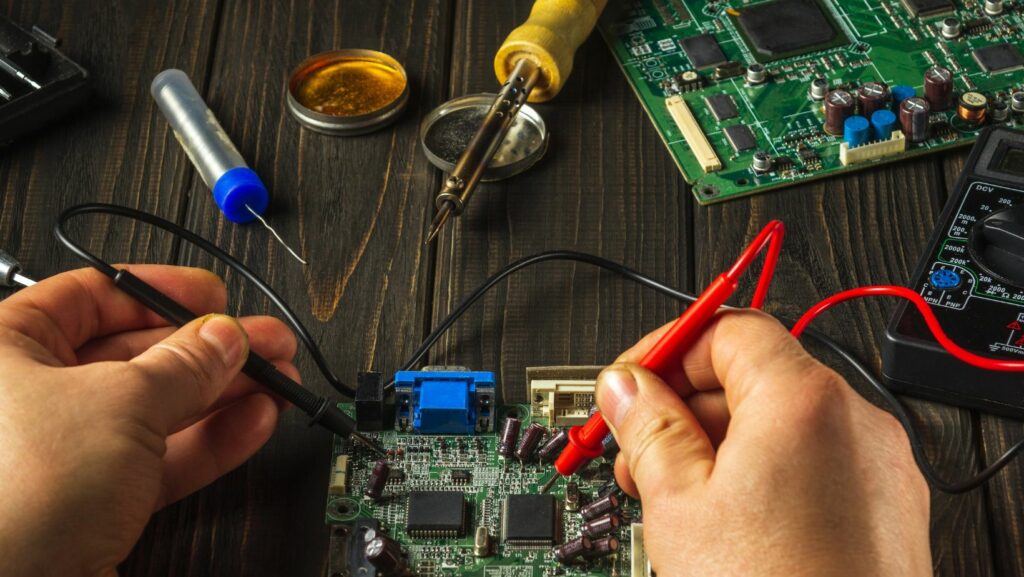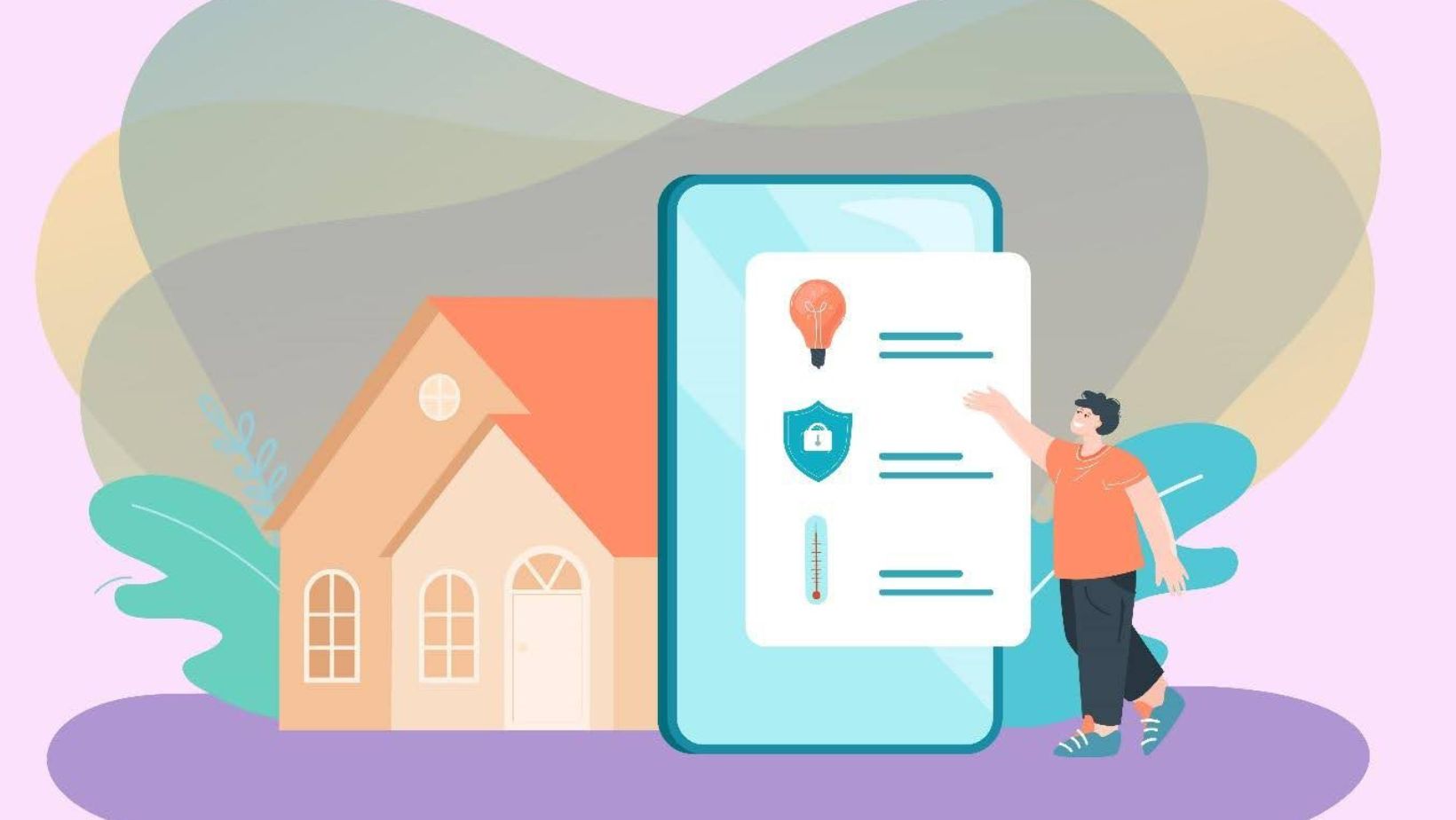For dozens of years, the way rent was collected was unmistakably analog. The landlord had to hand write a check, put some address labeling on an envelope, and hope that it would arrive on the first of the month. Some landlords walked a long way to pick up the deposit, have the mail return late, or simply not get the rent on time. And now, that analog method feels pretty old-fashioned. It’s how to collect rent from tenants electronically that as the world has transitioned towards using digital products and services, so has rent collection. Making the switch to electronic payment isn’t just a temporary upgrade. It’s a lifetime commitment to better control, security and convenience on the part of the landlord and tenant. And in this guide we’ll walk you through every step of the transition to electronic rent collection so that you can be sure that your rental business moves forward smoothly, securely and without complications.
Why Making the Switch is a Strategic Move
Before we talk about how, let’s discuss why. The benefits of electronic rent collection run as wide as almost all aspects of property management. Because of the time and effort saved when all rents are collected electronically, most landlords find this the most immediate benefit. They don’t have to worry about manually interpreting handwritten checks, relogging each payment into a spreadsheet, or depositing into a bank account. All money is moved automatically, stored digitally, and often synced with accounting software. For tenants, there are some real advantages as well. Tenants can schedule payments with a web-based scheduler without using checks, stamps, or other methods of dropping off their rent. Rent can be collected at any time of day or night, and as many as once a month is available, unlike when it’s traditionally done in the mail. This also provides an automated digital trail that tenants can trace their finances back to. Electronic payments also help ensure security. You won’t have to worry about a check getting lost or stolen during the course of the mail process. Electronic systems can ensure payments are received on time; they’ll also send reminders that prevent a late payment from happening.
Establishing Your Electronic Payment Baselane
First and the most important step is to give yourself a baselane. For any good system to work, you need something to measure. So spend a few minutes reviewing your rent collection process. What are the year-to-year costs, like deposit slips, ledger books, gas to drive out to the bank? Making a baselane will give you a clear picture of what you have going wrong. It will allow Baselane to track the successfulness of your new electronic system later. Then you can tell me the amount of time it saves you, the fraction of late payments you reduce, and the total increased value to your cash flow. That first baselane really makes the business case for getting the change; and sets a benchmark for your success.
Integrating Payments into the Lease Agreement
As mentioned above, to make the electronic payment system official and legal, you need to make it part of your lease agreement. That said, not everyone has to agree verbally; actually you should create a lease addendum which sets out in detail what you are going to do with electronic payment in an easy to read language. The includendum should specify the payment platform, the due date, what is considered receipt of payment, i. e. the Baselane it is initiated and not the date it clears any fees associated with it, the policy regarding how to deal with failed or returned payments, etc. This addendum will protect both you and everyone else, as well as set out some expectations on what exactly you can expect going forward in terms of collecting rent from tenants via electronic means.
Automating for Consistency and Efficiency
One of the great powers of electronic systems is automation. Once you have your system set up, use its features to make collections an easy, hands off process. Ask the tenants or have them do it for you to participate in autopay so that their rent is automatically billed on a certain date each month. This virtually eliminates late payments and saves you from the stress of having to send a reminder to the tenants. On your part, you can automatically assess late fees. You can program your system to automatically add a late fee to a tenant’s bill if they don’t pay by a specified time on the due date. This removes the subjective element and conflict potential as the charge is applied arbitrarily by the software. Automating things like late fees helps you with consistent, predictable cash flow and also frees up mental energy to focus on the more strategic parts of property management.
Maintaining Security and Accurate Records
As mentioned, the digital manipulation of a lot of sensitive financial information raises the critical issue of security. You take responsibility to choose a platform that uses industry standard encryption and security techniques. Look for platforms that are PCI DSS compliant; basically that means they meet the most stringent security standards in terms of handling card data. Even better, an electronic system also inherently provides for an effective, transparent audit trail. Each financial transaction is time stamped and recorded to create a fully understandable and inevitable record of all payments, fees, and communications. This electronically stored record will be invaluable in tax preparation and dispute resolution or once you need to prove payment history in an eviction proceeding. Fortunately such organization is difficult if not impossible to accomplish with an unstructured check based system.
Communicating and Troubleshooting Common Issues
Even if the system looks good, there will always be issues. A tenant might have their payment fail due to insufficient funds. Perhaps they’d be better served by a bank holiday. Not only do you need to communicate frequently but you also want to ensure your tenants know who to call and what to do if they Baselane a payment issue.

Learn how to work around common problems. how to collect rent from tenants electronically the platform’s policies on failed payments and the average processing time of each payment method available e. g. e check/ACH vs. credit card . Having a FAQ document or a separate section for them on your tenant portal can preemptively answer most commonly asked questions and make your life much simpler.
Conclusion
Learning how to collect rent from tenants electronically is more than just downloading a new technological gadget; it’s a whole new way of managing your real estate property. The little amount of time you spend trying to set up the system will pay for itself hundreds of times over in productivity saves, less stress, and more satisfied landlord tenants. With this step-by-step guide you can feel safe leaving paper checks behind and taking your rental business into a smoother, safer, and more professional future. With this step by step guide you can be sure that you’ll never have to put paper checks on the shelf again and enjoy a more professional and smoother business in the rental business. Now the only question left is how quickly you’ll be able to start enjoying the baselane of electronic collection of rents.





